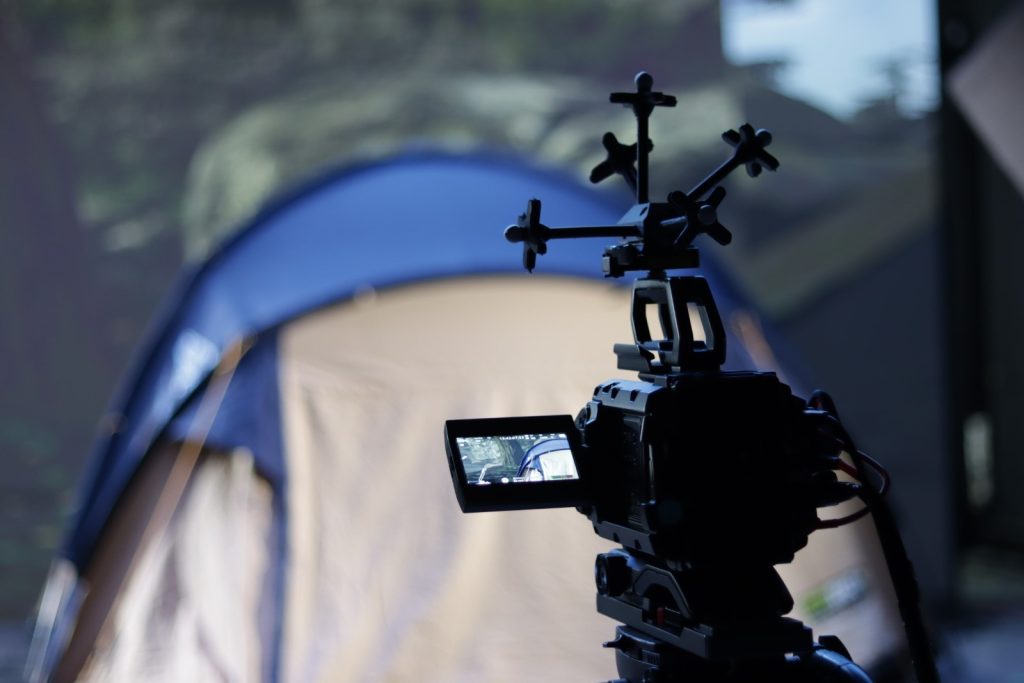Introduction
In 2019, the use of LED walls in filmmaking became globally recognized with the release of the Mandalorian. This approach in filmmaking is called In Camera Visual Effects (ICVFX) and often gets referred to as Virtual Production. However, there are differences in how this technology fits into the filmmaking pipeline, with implications for many key roles on a film set. Because of this, the goal of this study was to find out in what ways ICVFX change the work of Directors of Photography (DoPs) compared to traditional filmmaking approaches.
Results
These results are based on existing literature on the topic and interviews with several industry experts: five DoPs, two educators in virtual production, and one digital producer.
Pipeline shift: With ICVFX, there is often a non-linear production process. The preparation and creation of plates, graphics, 3D environments, and lighting all needs to be done in pre-production. There is often less compositing to do in post-production, less reshoots during post-production, and post-production work gets done during the production phase as well.
Responsibilities: ICVFX requires a higher amount of collaboration with more key collaborators. DoPs have new tasks that they don’t have during traditional filmmaking, such as color matching with the LED wall, figuring out how the LED wall interacts with their camera sensors, how lighting the virtual space works, and matching the physical and virtual lighting.
Challenges: The most reported challenges working with ICVFX include miscommunication, moiré effect, and light spill.
Language: There are different technical/creative terms used based on which technology or software is used during production. Especially because with ICVFX often people with different backgrounds, such as VFX, traditional filmmaking, and games all work together. Currently this seems to cause some misunderstanding or miscommunication, which can be avoided with clarification or someone on set that understands all the technical terms of the different industries, so they can function as an interpreter between different departments.
Lighting: With ICVFX, the lighting of the digital background needs to be matched with the physical lights. This process has more factors than lighting in traditional filmmaking because the LED wall is already an adjustable light source that influences the props and actors. LED walls have an RGB colour spectrum, which limits colour rendering, and the colour accuracy varies depending on how the wall is calibrated. Whereas practical lights often have a broader spectrum and a higher colour accuracy. This difference in characteristics also causes challenges when trying to match the digital background and the foreground.
Recommendations
There are a few main recommendations for the industry based on the results of this study:
- Before coming up with creative briefs and using an LED wall, make sure to look into whether ICVFX actually suits the project and is beneficial. This can avoid wasting time, money, and resources.
- Hire a VP/VFX supervisor for ICVFX productions! They could help DoPs who have never worked with ICVFX before, leading to a smoother process. Additionally, they function as interpreters between DoPs and engine operators, limiting miscommunication.
- Create enough time in the schedule for the process of matching the foreground and background lighting, especially for DoPs who have not or barely worked with ICVFX.
- Keep doing self-study on new technologies in the industry. This can be done through reading articles or handbooks, joining online communities, and attending conferences.
If you would like to read more findings or more in-depth information on the process, you can find the full thesis here:
(PDF) Transformations in the Role of Directors of Photography: A Comparative Study of In-Camera Visual Effects (ICVFX) and Traditional Filmmaking Approaches

